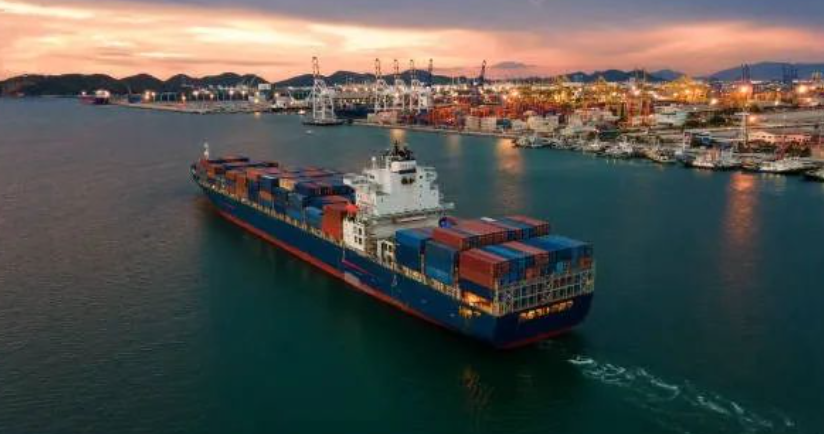At the end of 2023, the trend of container freight rates staged a thrilling reversal. From the downturn in demand and weak freight rates at the beginning of the year, to the news that routes and airlines have been losing money, the entire market seems to be in a downturn. However, since December, merchant ships have been attacked in the Red Sea, resulting in a large-scale detour of the Cape of Good Hope, and the freight rates of European and American routes have risen sharply, doubling in nearly two months and soaring to a new post-epidemic high, which has opened a prelude full of mystery and surprises for the shipping market in 2024.
Looking forward to 2024, geopolitical tensions, climate change, capacity supply and demand imbalance, economic outlook and the United States East ILA dockworker renewal negotiations, five variables will jointly affect the freight rate trend. These variables are both challenges and opportunities that will determine whether the market will embark on another cycle of shipping miracles.
The simultaneous problems in the Suez Canal (which accounts for about 12 to 15 percent of global seaborne trade) and the Panama Canal (5 to 7 percent of global seaborne trade), which together account for about a fifth of global seaborne trade, have caused delays and strained capacity, further pushing up freight rates. However, it is important to note that this rally is not driven by demand growth, but by tight capacity and high freight rates. That could fuel inflation, and the European Union has warned that high freight rates could curb purchasing power and weaken transport demand.
At the same time, the container shipping industry is welcoming a record amount of new capacity, and the oversupply of capacity is worsening. According to BIMCO, the number of new ships delivered in 2024 will reach 478 and 3.1 million TEU, an increase of 41% year-on-year and a new record for the second consecutive year. This has led Drewry to predict that the container shipping industry could lose more than $10 billion for the whole of 2024.
However, the sudden crisis in the Red Sea has brought a turnaround for the shipping industry. The crisis has driven a sharp rise in freight rates and offset some of the excess capacity. That has allowed some airlines and freight forwarders to breathe. The earnings outlook of companies such as Evergreen and Yangming Shipping has improved, while the duration of the Red Sea crisis will have a knock-on effect on freight rates, oil prices and prices, which in turn will affect the second quarter operations of the shipping industry.
A number of senior analysts in the container transportation industry believe that Europe is affected by the Russian-Ukrainian conflict and the Red Sea crisis, economic performance is not as good as expected, and demand is weak. In contrast, the U.S. economy is expected to achieve a soft landing, and people continue to spend, which makes the U.S. freight rate has been supported, and is expected to become the main force of airline profits.
With the intensive negotiations of the new contract of the United States line long term contract, and the imminent expiration of the ILA Longshoremen’s contract in the United States East and the risk of a strike (the ILA- International Longshoremen’s Association contract will expire at the end of September, if the terminals and carriers cannot meet the requirements, prepare for a strike in October, the United States East and Gulf Coast terminals will be affected), the trend of freight rates will face new variables. Although the Red Sea crisis and the Panama Canal drought have led to changes in shipping trade routes and longer voyages, prompting carriers to increase capacity to meet the challenges, several international think tanks and carriers generally agree that geopolitical conflicts and climate factors will help support freight rates, but will not have a long-term impact on freight rates.
Looking ahead, the shipping industry will face new challenges and opportunities. With the trend of ship upsizing, the competition and cooperation relationship between shipping companies will be more complicated. With the announcement that Maersk and Hapag-Lloyd will form a new alliance, Gemini, in February 2025, a new round of competition in the shipping industry has begun. This has brought new variables to the trend of freight rates, but also let the market look forward to the future of shipping miracles.
Source: Shipping Network
Post time: Mar-09-2024


